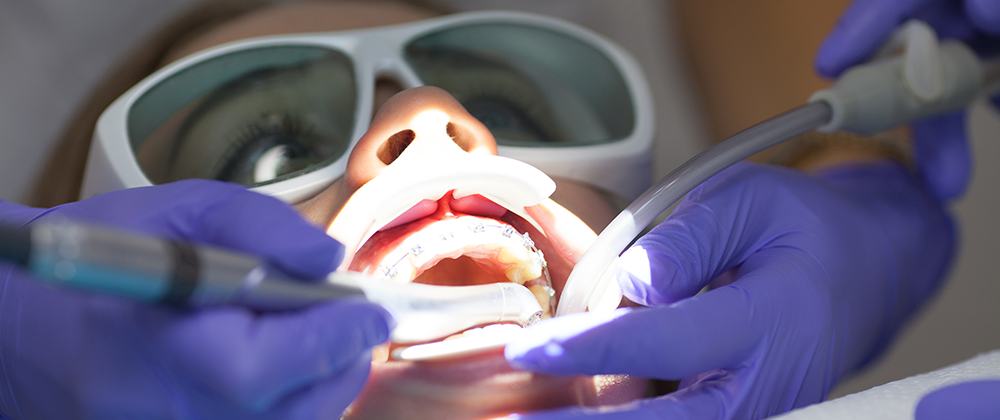
by Terri | Feb 14, 2024 | Dental Procedures, Dental Surgery, Oral Health, Periodontal Treatment
Transform Your Smile: Exploring the Benefits of Dental Laser Treatment for Gums A Pain-Free Solution: How Laser Technology Can Improve Gum Health and Enhance Oral Care Laser treatments have revolutionized various medical industries, and oral dental care is no... by Terri | Oct 19, 2020 | Dental Procedures, Dental Referral Services, Dental Tourism, Oral Health, Periodontal Treatment
Average Price for Root Canal Therapy You are at your dentist’s office when he tells you you need a root canal. Of course, the first question that pops into your head is, what is the root canal price? Can you afford this root canal? He quotes you a whopping... by Terri | Nov 27, 2016 | Dental Procedures, Dental Referral Services, Dental Tourism, Periodontal Treatment, Teeth Restoration
Exploring Affordable Root Canals in Mexico Navigating the Process for Root Canal Treatment Abroad Imagine this: you’re sitting at home about to eat dinner. As you bite down, you feel a jolt of pain through your jaw. You knew this was coming. Your tooth has been... by Terri | Oct 28, 2016 | Dental Procedures, Dental Referral Services, Dental Surgery, Dental Tourism, Frequently Asked Questions, Periodontal Treatment
Getting a Low-Cost Root Canal in Mexico You take a bite of your steak dinner, and a sharp pain shoots down your tooth. You drink a sip of coffee, and your tooth begins to throb. You wake up in the middle of the night to an aching sensation in your mouth. These are all...

